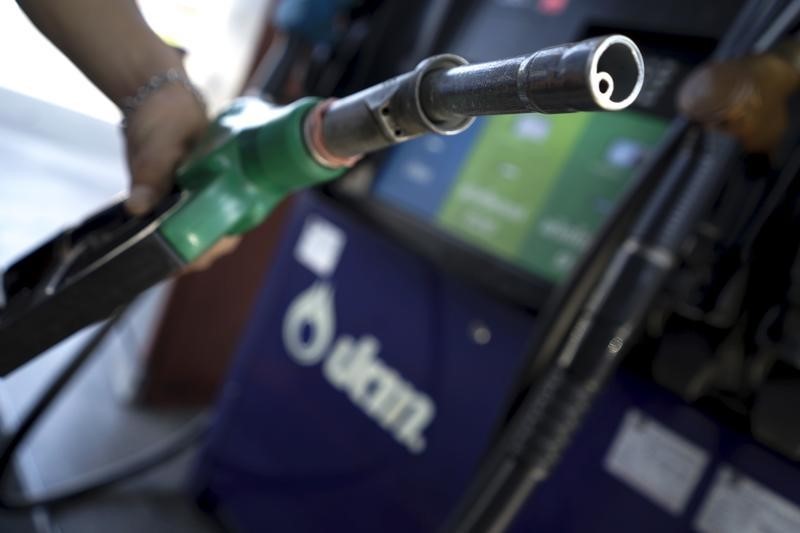By Barani Krishnan
Investing.com - Oil prices rose Monday as the market reacted to data suggesting a stockpile drawdown at the Cushing, Oklahoma, storage hub for crude delivered against expiring contracts of the U.S. West Texas Intermediate benchmark.
Gains were, however, limited by worries about the economic impact from a flood of new coronavirus cases hitting southern and western U.S. states.
New York-traded WTI was up 47 cents, or 1.2%, at $40.30 per barrel by 1:22 PM ET (17:22 GMT), extending last week’s 9.6%.
London-traded Brent, the global benchmark for oil, rose 51 cents, or 1.2%, to $42.70. It rose 8.9% last week.
“There’s a tug-of-war now between the improving fundamental situation for crude stocks versus growing fears about what else the pandemic could do to harm economic recovery,” said John Kilduff, founding partner at New York energy hedge fund Again Capital.
Energy intelligence firm Genscape reported that Cushing crude stockpiles fell 3.6 million barrels during the week to June 19, according to texts from traders who saw the data.,
Conversely, Seevol.com said in an email to Investing.com that it observed a stockpile rise of 2.1 million barrels in Cushing.
Traders will be looking out to see how accurate the Genscape and Seevol estimates are on Wednesday, when the U.S. Energy Information Administration reports official balances for crude and other petroleum products for the week ended June 19.
In the previous week to June 12, the EIA reported a 2.6 million barrels per day draw at Cushing. But it also inflated the all-important total U.S. crude inventory number by 1.2 million barrels to a record high of 539.3 million.
Away from crude inventory numbers, signs of a second wave of Covid-19 weighed on sentiment, limiting the market’s upside.
At least 22 of the 50 US states have reported a rise in Covid-19 cases after reopening their economies over the past two months. In Arizona, a particular hot spot, infections shot up 54% in a week. These come as more than 2.4 million Americans have already been infected by the coronavirus, with a death toll breaching 122,000. A new model by the University of Washington predicts 200,000 Covid-19 deaths in the United States by Oct. 1.
White House Trade Adviser Peter Navarro said on Sunday the administration was preparing for a possible second Covid-19 wave this fall, as a majority of U.S. states and territories logged an increase in their seven-day average of new reported case numbers following an easing of social-distancing measures. President Donald Trump, in a political rally on Saturday, encouraged coronavirus response workers to slow down testing, arguing that increased tests lead to more cases being discovered.
The U.S. economy shrank 5% in the first three months of 2020 for the sharpest economic decline since the Great Recession of 2008-09. Despite all states in America having reopened most of their economy from Covid-19 lockdowns, economists still warn of sharp recession by the second quarter.
